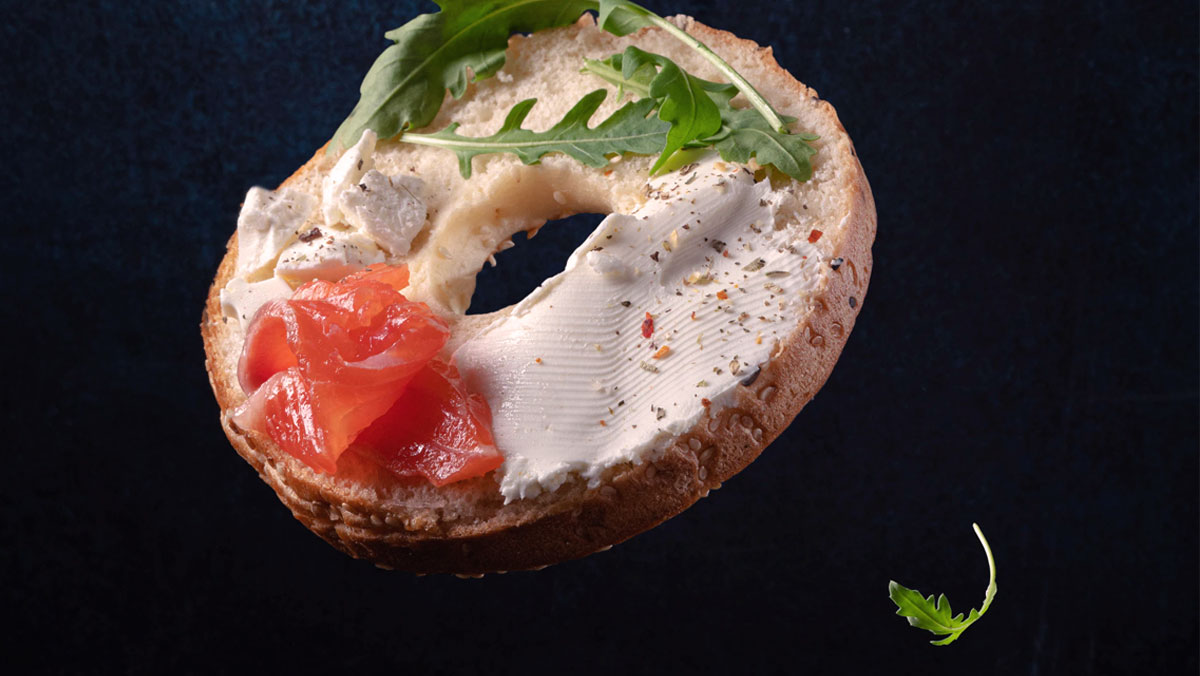
A central step in marketing, according to Byron Sharp’s classic How Brands Grow, is influencing people’s decisions by reinforcing memory structures. But what if your assets are unbrandable? Below, I will talk about Sharp’s blind spot and branding generic, everyday food.
In the lead-up to the 2017 UK general election, Labour leader Jeremy Corbyn thought it was a good idea to invest heavily in a Facebook campaign to promote voter registration. His campaign chiefs disagreed. Instead of trying to talk their boss out of it, they decided to buy only £5000 worth of Facebook ads and serve them to an audience of one: Jeremy Corbyn.
Using Facebook’s sniper targeting tool, which allows you to target a small group of people – as long as you have their email address – they were able to pretend that a full-fledged campaign was being executed. In reality, nothing of the kind was happening. Every time the party leader logged into Facebook, he was overwhelmed with calls to action to register as a voter, little did he know he was the only one.
These kinds of tools are not just available to savvy political operators trying to trick a boomer. A niche industry has popped up allowing you to hyper-target individuals. Not just on Facebook, but across the web. A startup like The Spinner has built an operation that doubles as a Black Mirror storyline. It allows you to – in their own words:
“…subconsciously influence a specific person, by controlling the content on the websites he or she usually visits. The targeted person gets repetitively exposed to hundreds of items that are placed and disguised as editorial content.”
The website claims that, for just $80, it can help you convince your partner to drive more safely or, for the slightly more adventurous, convince him/her of the benefits of a polyamorous relationship by serving them articles that reinforce the benefits of having multiple partners. What The Spinner is essentially trying to do is to build memory structures in its targets. By reinforcing these structures, they hope to influence someone’s behavior.
That principle is, of course, nothing new. In fact, one could argue that it is the core of what advertising is. A billboard that tries to associate your feelings of thirst with a beverage is essentially playing the same trick – just on a larger scale and less targeted. Sharpenites – or Sharpies, if you will – those in marketing who live and die by the rules laid out by Byron Sharp, will recognize this as step 4 of 7 in his “7 rules for brand growth”.
- Reach all buyers of the category;
- Ensure the brand is easy to buy;
- Get noticed;
- Refresh and build memory structures;
- Create and use distinctive assets;
- Be consistent, yet fresh;
- Stay competitive.
Food marketers and advertising people, like myself, are playing with a handicap. The stars in our show – a carrot, ground coffee, or a piece of fried chicken – are usually unbranded. So, unless you’re promoting a category (drink more milk!) visual reinforcement doesn’t usually bring any distinction.
Some of the biggest and most famous brands in the world have solved this problem by creating a clear ‘design’ for their flagship products. You know a Big Mac when you see one. A Whopper doesn’t just have a certain diameter, texture, and lettuce-to-meat ratio, it also ‘moves’ in ways that make it a whopper. But not every brand has a global presence and a marketing budget the size of a mid-sized-country’s GDP. But that doesn’t mean that your kiwi, your beer, or your pasta sauce have to behave like all other citrus fruits, beverages, or tomato derivatives. When creating one’s distinctive assets (step 5 in Sharp’s checklist) it would certainly pay off to go beyond the visual identity, the sonic identity, and the overall brand identity. In the business of food, one would do well to develop a “culinary identity”.
When the onion that goes into your pasta sauce looks like any boring old onion the world has ever seen, your marketing efforts will not make a dent. But when that onion is cut in a certain thickness, spins like a ballerina, and hits the tomato sauce with exactly the right pizzazz and splash – and all this is done consistently, then we have ourselves a distinctive brand asset. The ultimate goal here, obviously, is for the product to become an integral part of the brand.
This sounds less revolutionary than it actually is. The number of times we, as food specialists, are briefed with the request to create something ‘a bit Lurpak-y’ is almost shocking. But turning butter – not the most exciting item on the Eat Well Guide – into a brand asset didn’t happen overnight. What was done with Lurpak took guts, time, and vision.
By creating distinctive assets out of nothing, and then using them to reinforce memory structures, the food marketer doesn’t eat the advertising agency’s lunch. The Mad Men are still responsible for the biggest and probably most important step in the process: getting noticed. But in order to get noticed, it is essential for brand owners to start treating a culinary identity as a necessary element of any food campaign.
I might have to hire The Spinner to micro-target them to help me drive down that point.
Cover image source: Food Photographer David Fedulov
